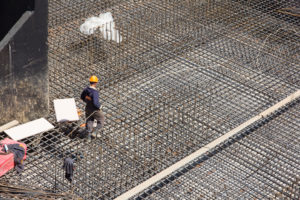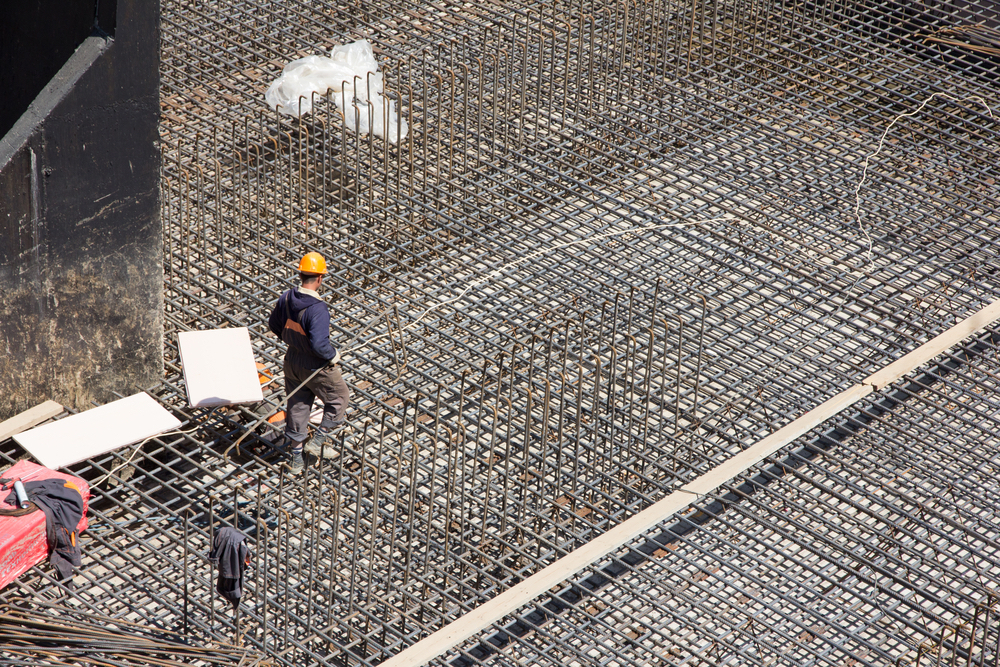
The Nevada retainage laws are meant to offer a layer of financial protection to property owners by creating an incentive for contractors and subs to finish their work correctly, and completely. But this practice can cause some serious problems for lower-tier project participants. This guide will break down how Nevada retainage laws regulate this practice on construction projects.
Construction retainage
The withholding of retention on construction contracts is a contentious practice. The way this works is that a percentage of each payment is reserved to protect property owners in case a contractor defaults or provides defective work or materials.
For lower-tier subcontractors and suppliers, this can be a difficult proposition. By withholding a portion of the contract price until the end of the project, they are forced to float more upfront costs. This is why most states regulate retainage in one way or another. Here are the rules and regulations governing retainage in the state of Nevada.
For further reading on retainage:
The Ultimate Guide to Retainage in the Construction Industry
Retainage on Nevada public projects
The Nevada retainage laws that apply to public projects can be found in Nevada Revised Statute Chapter 338. These laws state that on all Nevada public works projects the public body is required to withhold retainage.
Amount allowed to be withheld
The maximum retention amount allowed to be withheld is 5%, which was reduced from 10% in 2016. Retainage can be withheld by the owner from all progress payments. That is until the contractor completes 50% of the work required by them under contract.
Once 50% completion has been completed the public body must decide if the work has been performed satisfactorily. If so, then the entity may decide to pay all of the amount of retainage withheld thus far, and not withhold retainage from the remaining progress payments.
If the public body determines that performance is unsatisfactory, they may continue to withhold retainage for the remaining progress payments. However, the amount of retainage can’t be any more than 2.5%. As for payments from the prime to the subcontractors, and other lower-tier participants, the same limits and regulations apply.
Interest on withheld retainage
Under NRS §338.460, interest will accrue on all withheld amounts of retainage on public projects. This will begin to accrue once the first amount is withheld and continue to accrue until retainage is released. However, the Nevada statute doesn’t explicitly set a rate of interest that will accrue. Instead, the statute takes an alternative approach, stating that the interest rate will be:
“equal to the lowest daily prime rate at the three largest banks or other financial institutions of the United States on the date the contract was executed plus 2%.“
Crystal clear right? To give a sense of what this might be, as of the publication of this article the rate is currently at 5.25% a year; according to the Wall Street Journal. So if this is the lowest rate, interest will accrue at a rate of 7.25% a year.
All interest accrued on the withheld retainage must be paid out to the prime contractor at the end of each quarter. Once the prime contractor receives interest earned on the withheld retainage, they must, in turn, pay the interest accrued on any retainage they withheld within 10 days of receipt.
Release of retainage on public projects
The public body is required to release any remaining retainage once final payment has been made. Final payment to the contractor is due within 30 days of either the occupancy or use of the property by the public body or a recorded Notice of Completion; whichever occurs first.
Retainage on Nevada private projects
As for private construction projects, the Nevada retainage laws governing them are found in NRS Ch. 624 §§609 and 624. These retainage provisions are must less strict than the regulations on public projects. Owners on private projects in Nevada are allowed to withhold retainage from all payments to their general contractor. The amount withheld cannot exceed 5% per payment.
If the owner is withholding retainage from the general contractor, the GC, in turn, may withhold retainage from their subs and suppliers. This applies to every higher-tier to lower-tier payments. Again, this amount cannot exceed 5% per payment. Final payment, including retainage, is due within 30 days after either occupancy by the owner, or when the property becomes available for its intended use.
Bottom line
Cash flow is extremely important on a construction project. Without regulation, this can get out of hand quickly. And the lower-tier subs and suppliers are the ones that will suffer the most. To be sure that this practice is fair to all parties, it’s important to understand your state’s retainage laws. That way everyone can rest assured that they get paid what they’ve earned.
Additional resources
- Nevada Retainage Overview & FAQs
- The Difference Between Public & Private Projects
- Demand Letters For Contractors – How to Write One to Get Paid



